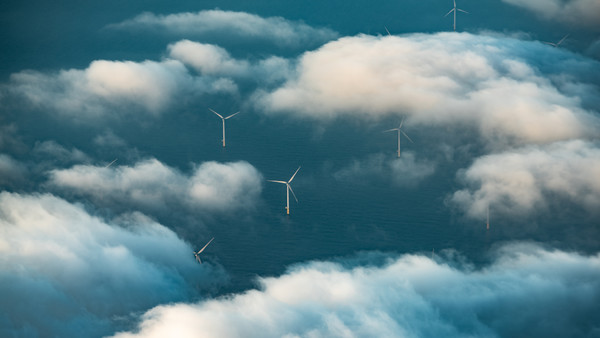The offshore wind industry has undergone transformational levels of investment over the last five years and this looks set to continue as countries seek to guarantee their energy security in the face of global instability.
To bring this to fruition there is, however, a significant need to invest in new vessels, which are already in high demand.
We need a bigger fleet globally, not just installation vessels but other support vessels, such as jack-up vessels. The build-out calls for more and bigger cranes, more foundations, monopiles, jackets, and larger components. This will all impact heavily on industry logistics and resources.
As demand is likely to outstrip supply, this will present a challenge for developers not only in securing a vessel when needed, but also in having a contingency in the case of issues with their current vessel.
We have already seen new-build vessels experience problems during construction and need to be replaced, and as more projects come to market needing these large vessels, it is unlikely that substitute vessels will be available, which could result in significant delays.
Research from Clarksons suggests that $20bn of investment is needed globally to build 200 new ships if the renewables sector is to meet its 2030 targets for offshore wind.
Key undersupplied vessels include cable-lay vessels, construction support offshore vessels, foundation, and wind turbine installation vessels.
Most of the sector’s specialist vessels are currently deployed in Europe, so if an operator in Asia or the US has a problem on its offshore site, mobilising a vessel from the other side of the world will be an expensive and costly undertaking, potentially leading to long delays as well as longer and more exposed transits.
Delivering any repair or replacement elements will be more challenging.
Vessel collision with turbines and offshore infrastructure can also cause significant insurance losses, with an uptick in incidents seen in recent years, although this so far has typically involved smaller vessels and is often the result of human error.
Again, any incident in a more hazardous environment and further from land will be harder to rectify, and vessel hire can cost hundreds of thousands of dollars a day.
There have also been incidents involving larger vessels. In 2022, drifting bulk carrier Julietta D collided with an offshore wind turbine foundation and transformer station in the Hollandse Kust Zuid wind farm, having previously collided with the tanker Pechora Star after its anchor gave way in a storm.
With 2,500 wind turbines due to be installed on the North Sea before 2030, the risk of a ship to turbine collision is estimated at 1.5 to 2.5 times a year, according to the Maritime Research Institute Netherlands (MARIN).
In the US, the 100-year-old federal law framework called the Jones Act adds another layer of complexity to offshore wind build-outs. The framework stipulates that only ships built, owned, and operated by US citizens or permanent residents can move cargo between US ports. As so many important offshore-wind components are currently only manufactured outside the US, this has led some companies to introduce challenging workarounds such as ship-to-ship transfers from a cargo barge on to an installation vessel, which introduces risk factors the sector has not had to contend with previously.
During the Atlantic hurricane season, these could be exacerbated by East Coast windstorm perils.
The US needs four to six wind turbine installation vessels to meet President Biden’s offshore wind target of 30GW by 2030. The first of these Jones Act-compliant vessels, the Charybdis, is expected to undergo sea trials in 2024/5.
Around the world, ports will have to accommodate this increase in vessel numbers and larger turbines, requiring investment in port infrastructure and expansion. Ports will need to expand their land, reinforce their quays, enhance their deep-sea berths, and carry out other civil works, says WindEurope.
This means ports will need to invest €6.5bn ($6.9bn) by 2030 to support such an expansion in Europe alone.
It is an exciting time in the development of offshore wind, and the marine industry’s co-ordinated contribution will be vital to drive its success.
